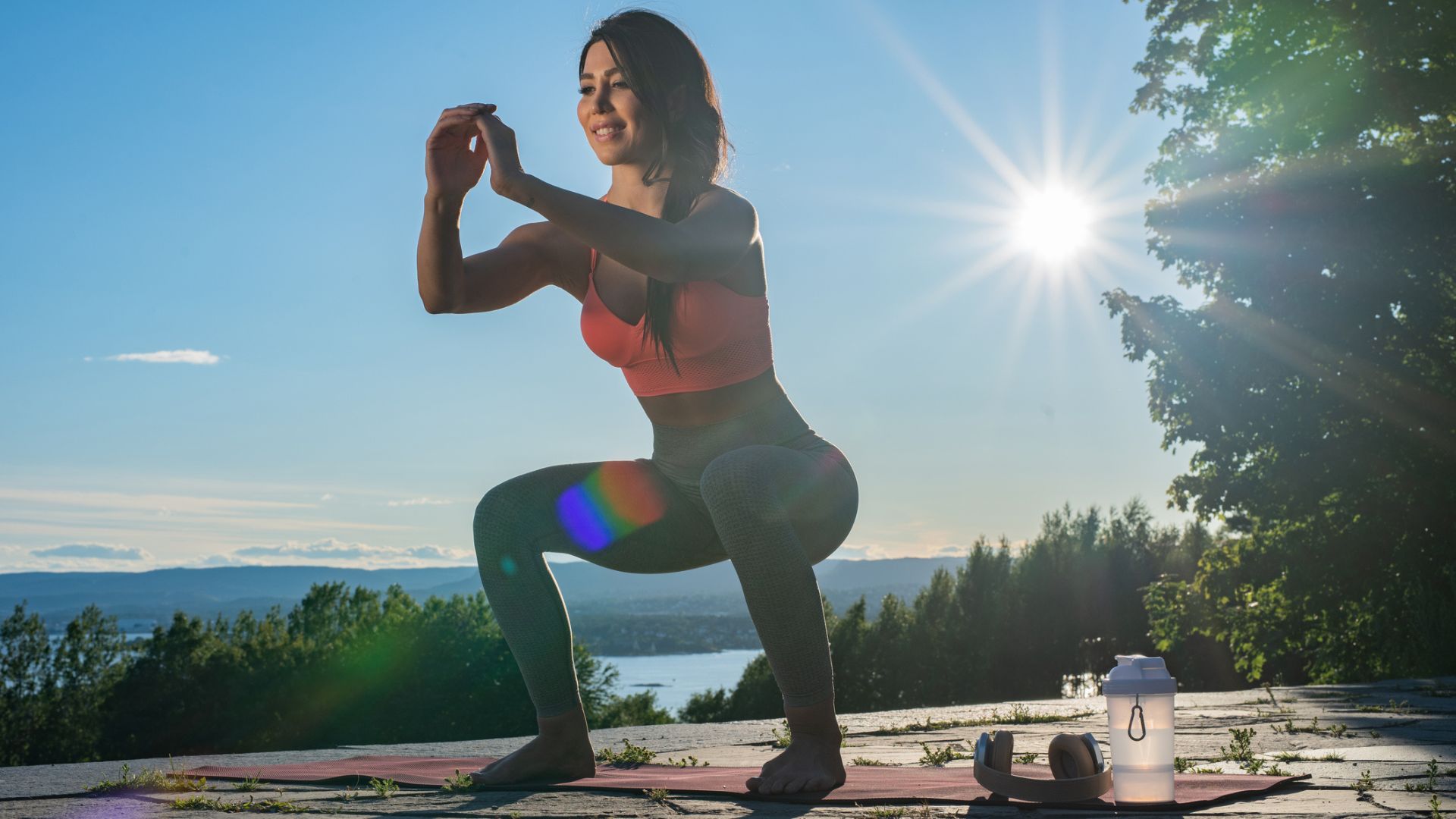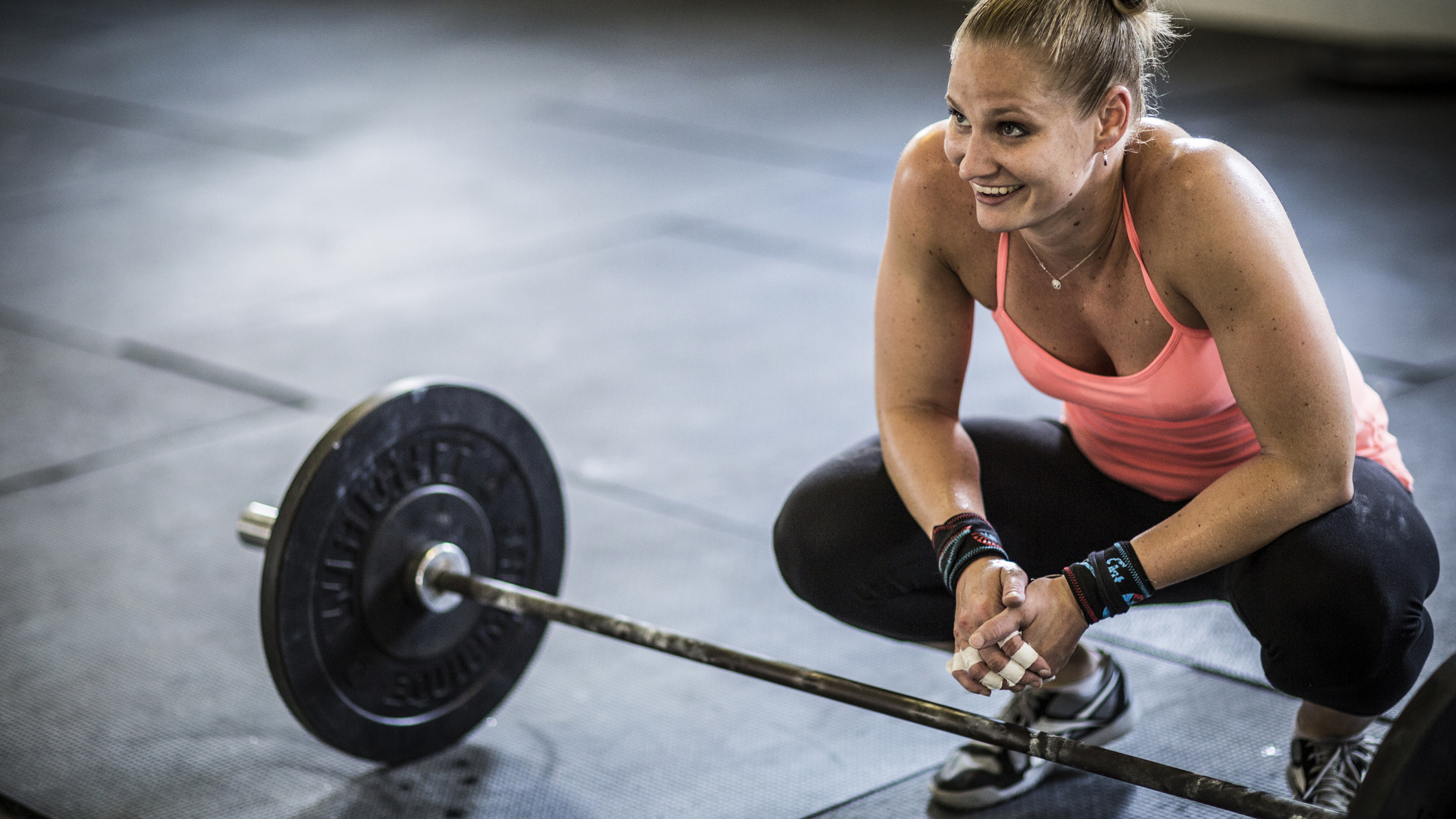
It’s hard to imagine a time when Melissa Kendter wasn’t gym-literate. The ACE-certified personal trainer has spent the last 10-plus years collecting exercise expertise to help her clients hit their fitness goals, as well as training herself with unerring consistency.
But everyone was a beginner once, and Kendter admits even she made some mistakes at the start.
To help you avoid suffering the same fate, she’s shared five of the most important lessons she’s learned since her first strength training session.
Five things Melissa Kendter wishes she knew before she started training

1. You don't have to be sweaty after every workout
This one might shock a few people, but a sodden brow isn’t always a sign of a successful workout.
"I’m 35 now, but after I graduated college and before I started personal training I always thought you had to be super sweaty to get an effective workout," Kendter says.
"Some people still love that, but I rarely sweat on my strength training workouts anymore."
Instead, her workouts in the gym revolve around building functional strength and mobility. She focuses on her form and controlling her movements, while still lifting weights heavy enough to challenge her muscles.
If you want to give this type of training a go, why not try her 30-minute full-body dumbbell workout?
2. You don’t have to be sore the next day either
Just as sweat isn’t always a sign of an effective workout, neither are aching muscles in the aftermath.
These aches are known as DOMS (short for delayed-onset muscle soreness) and they’re caused by temporary muscle damage and inflammation from working your muscles hard.
DOMS is particularly common in beginner lifters whose bodies are getting used to this new way of training, but Kendter says you’ll soon adjust to the new stimulus.
"You might ache at first, but once you’re in a routine you won’t be completely sore and demolished after every gym session, and nor should you be," she says.
"You want to be able to stress your body just enough that you’re able to get the proper adaptations, but you can still recover to feel good going into your next workout."
In other words, if you want to build strength and muscle, you need to perform an exercise at a weight and number of repetitions that are challenging for you. But don’t go so heavy that you’re forced to compromise on your form.
3. Strength training won’t make you bulky
Building muscle is a slow process and it isn’t easy, so there’s no need to worry about becoming bulky from a few weekly weight training sessions.
"A lot of women get nervous when they hear the term 'strength training' because they think it won’t be for them or they won’t lose weight from it," Kendter says.
"But in actuality, strength training is what gives you that defined look. It won’t make you bulky or big, but it is going to improve your body composition."
People looking to lose weight often prioritize cardio workouts like running to burn calories. But Kendter says it can be more effective to use strength training exercises for weight loss.
"If you have body composition goals, you need to strength train," she explains. "You’re not going to become the Hulk, but you will achieve positive changes over time because strength training will build muscle and boost your metabolism long-term."
This is because muscle is a metabolically active tissue, meaning the more muscle you have, the more calories your body will burn at rest.
4.Strength training doesn’t need to be in a gym
Strength training can conjure up images of huge bodybuilders and heavy barbells, but it doesn’t have to be this way.
"Some people hear the phrase 'strength training' and think 'It’s not for me'," says Kendter. "But strength training can be anything from just using dumbbells or a kettlebell to bodyweight exercises like push-ups. That’s all technically strength training.
"It can be a scary word for beginners, but it actually encompasses so much.”
If you want to try strength training at home, check out this lower-body dumbbell workout which Kendter shared with Fit&Well.
5. You don’t have to be in the gym for an hour or more
How often have you heard someone say they’re "going to the gym for an hour"? Yet there’s no law saying you have to spend 60 minutes working out.
"I used to think I needed to be in the gym for a long time to get results, which is the furthest thing from the truth," says Kendter. "Now I love my 20 and 30-minute workouts, which can be just as effective.
"Just make sure you’re moving in different directions and hitting all the major movement patterns; a squat, a hinge, a row, a vertical and horizontal push, and a vertical and horizontal pull—all multi-muscle compound exercises.
"Keep things very functional. As long as you’re effectively hitting every major movement pattern and the last few reps of each set are a challenge, you’re going to have an effective workout."
For a routine that ticks these boxes, try Kendter’s five dumbbell exercises for building full-body strength.
If you want to start strength training at home, take a look at our guide to the best adjustable dumbbells. These space-savvy tools allow you to up the weight as your strength increases, taking advantage of the performance-boosting progressive overload principle.







